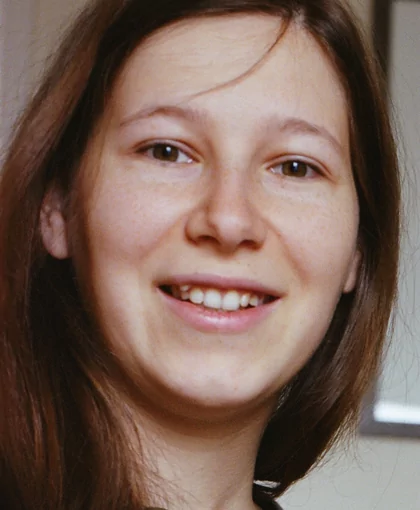Résumé
À partir d’un corpus de quinze édifices et projets dans douze villes localisées dans les pays habsbourgeois situés à l’est de la frontière du Saint-Empire romain germanique, cette thèse tente d’éclairer la question de la création d’un programme architectural spécifique à un théâtre public. À l’encontre d’une tradition historiographique centrée sur la réforme de l’auditorium et sur la monumentalisation progressive du théâtre, il s’agit d’interroger la façon dont les formes d’exploitation des spectacles déterminent les distributions architecturales et conditionnent les exigences formulées à l’égard de tels édifices. Pour ce faire, cette étude prend le parti d’ancrer l’analyse des expressions architecturales dans une histoire sociale et administrative des spectacles. Cela suppose de mettre l’accent sur les divers protagonistes impliqués dans la réalisation d’un nouveau théâtre public, comme sur les positions des administrations publiques et le rôle de la presse culturelle dans l’encouragement des opérations de construction et la diffusion des renseignements sur les édifices existants. Il s’agit ainsi de réinterroger les transferts de savoirs architecturaux, en mettant en valeur des acteurs souvent négligés par les historiens de l’architecture et des formes de circulation spécifiques au contexte impérial. Cette approche permet de faire remonter d’un demi-siècle environ la chronologie de l’émancipation d’une architecture spécifique aux théâtres publics en Europe médiane, tout en mettant en lumière des typologies oubliées, comme les théâtres-redoute ou les théâtres-auberge. Enfin, cette perspective méthodologique permet de saisir l’instrumentalisation de la nature durable de l’architecture des théâtres dans la construction d’un imaginaire de l’« Europe policée » promu par les hommes de théâtre du Saint-Empire romain germanique.
Summary: Building a ‘Temple to the Muses’: A Social, Cultural and Political History of the Architecture of Public Theatres in Eastern Parts of the Habsburg Monarchy (circa 1770–1812)
From a corpus of fifteen buildings and architectural projects in twelve cities located east of the border of the Holy Roman Empire, this dissertation endeavours to shed light on the question of the creation of an architectural programme specific to public theatre. Running counter to a certain historiographical tradition centred on auditorium reform and the progressive monumentalization of the theatre, this study examines how theatrical productions determined architectural distributions and conditioned the demands made upon such buildings. To this end, the analyses of the various architectural modes of expression are grounded in the social and administrative history of performances. This approach investigates the various parties involved in the realization of each new public theatre as well as the roles played by public administrators and the cultural press in encouraging the building projects and making information about the existing buildings available. By highlighting actors often neglected by architectural historians and modes of circulation specific to the imperial context, the process of transferring architectural knowledge may be questioned anew. The new avenues thus opened make it possible to extend the chronology of the emancipation of the architecture specific to the public theatres in Central Europe fifty years earlier, also shedding light on such forgotten typologies as the théâtres-redoute and the theatre-inns. Finally, this methodological perspective allows for a greater understanding of the political exploitation of the durable nature of theatre architecture toward the formation of an imaginary ‘civilised Europe’ promoted by the theatrical elite of the Holy Roman Empire.
Jury de thèse - thèse sous la direction de M. Alexandre GADY :
- Mme Christine LEBEAU – Professeur, Paris I Panthéon-Sorbonne
- M. József SISA – Professeur, Académie hongroise des Sciences
- Mme Catherine HOREL – Directrice de recherche, C.N.R.S.
- M. Michael WERNER – Directeur d’études émérite, E.H.E.S.S.
- M. Jean-Yves ANDRIEUX – Professeur émérite, Sorbonne Université

